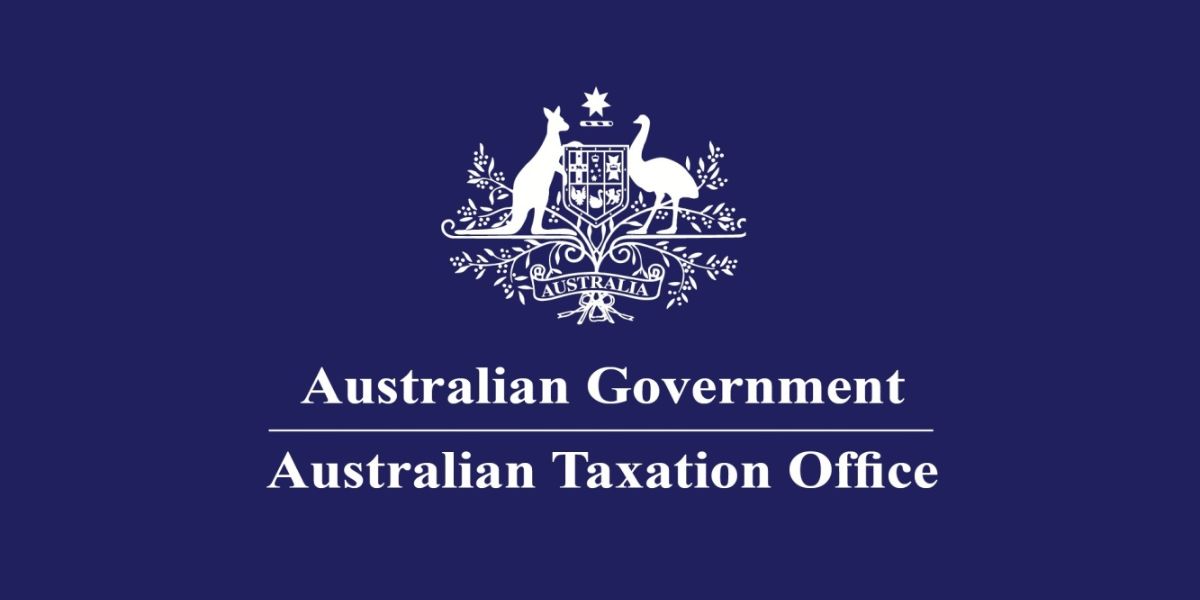On 27 October 2023, the Australian Taxation Office (ATO) released a notice where it clarified the application of integrity rules for the R&D Tax Incentive.
The identified issues with the application of some R&D program integrity rules are:
- R&D expenditure to associates
- conducted for
- aggregated turnover
- overseas expenditure
- expenditure not at risk
Aggregated turnover
- To qualify for the refundable R&D tax offset, the R&D entity’s aggregated turnover must be below $20 million. If the turnover exceeds $20 million, they will be eligible for the non-refundable R&D tax offset.
- R&D entities, regardless of their aggregated turnover, are eligible for the non-refundable R&D tax offset if they are 50% controlled by exempt entities.
R&D tax offset for expenditure
Under the R&D tax incentive, you can only obtain an R&D tax offset for expenditure incurred to an associate when that amount is paid. If you do not pay the amount until a later income year, you can choose to do either of the following:
- claim a deduction under a normal income tax provision if that provision applies, for example, the general deduction provision, section 8-1 of the ITAA 1997, for the income year in which the amount was incurred
- claim a notional R&D deduction in the income year you make the payment.
Taxpayers can’t notionally deduct expenditure under the R&D tax incentive if the expenditure is not at risk. Expenditure is not at risk to the extent that when it’s incurred, the R&D entity could reasonably be expected to receive an amount of consideration:
- as a direct or indirect result of the expenditure being incurred (the nexus to expenditure test)
- regardless of the results of the activities on which you incur the expenditure (results test).













